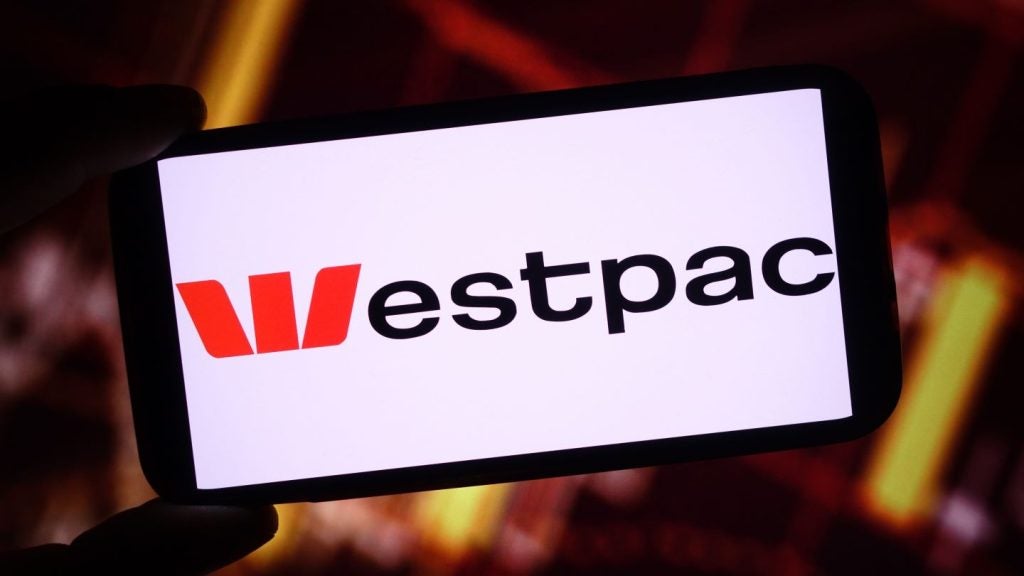Fiserv quarterly consumer trends survey has revealed that the US banking consumers are fast replacing checkbooks with mobile banking and prefer fingerprint authentication over passwords.
As mobile banking has matured it has shifted from being a channel used to access information – such as viewing balances or statements – to a transactional channel. Among the 40% of consumers who used mobile banking within the 30 days prior to the survey – including 77% of early millennials – 51% said they use the service more now compared to the prior year.
Among early millennials who use mobile banking or bill pay, 69% said that they are using mobile banking more, while 59% said that they are using mobile bill payment more compared to a year ago.
Further, 47% of mobile banking users said that they used mobile banking to pay for a product or service in the past month, 45% said they used the service to transfer money between accounts at the same financial organisation, and 37% said that they deposited a check using the service.
More number mobile transactions made mobile banking the most heavily used banking channel, with the average user accessing mobile banking 8.4 times within a 30-day period. This was followed by online banking, with the average user accessing online banking 8.1 times within a 30-day period, the research found.

US Tariffs are shifting - will you react or anticipate?
Don’t let policy changes catch you off guard. Stay proactive with real-time data and expert analysis.
By GlobalDataFiserv COO Mark Ernst said: “Gone are the days when paying the bills meant sitting at the kitchen table with a calculator once a month.
“Consumers now pay on demand, wherever and whenever it suits them. As people make more payments from mobile banking, and become more comfortable doing so, this could be a bellwether for increases in other types of mobile payment activity, such as payments at the point of sale.”
The survey of more than 3,000 US banking consumers also revealed a growing interest for fingerprint authentication among customers using a mobile app, with 62% preferring this technology compared to 41% of consumers who preferred passwords.
However, awareness still remains the primary impediment in the adoption and use of electronic payments, the study adds. For instance, 41% of consumers had no knowledge on whether their financial institution offered person-to-person (P2P) payment options.
“Financial institutions have an enormous opportunity to educate consumers, informing them of the diversity of products available, as well as their functionality,” Ernst added.







